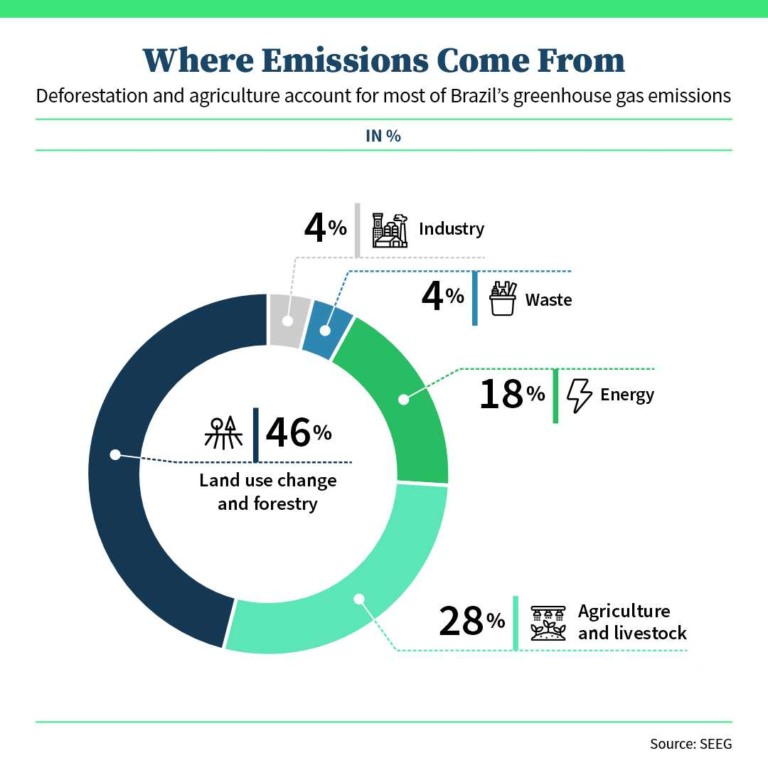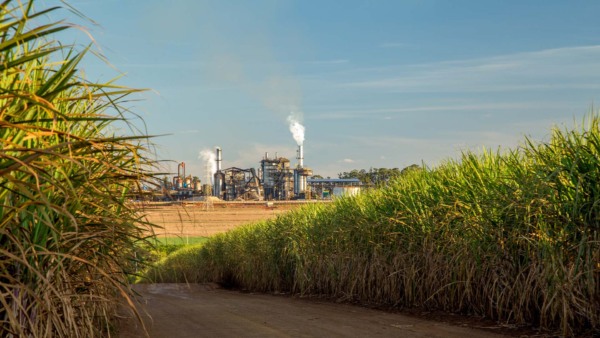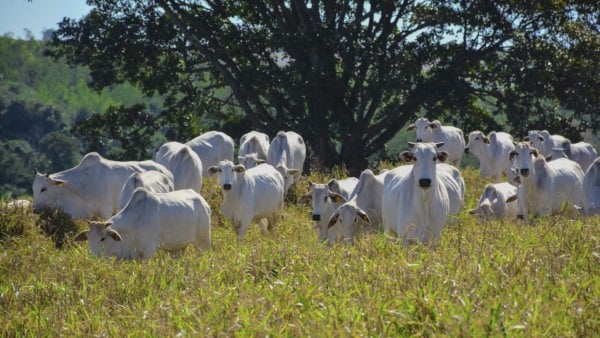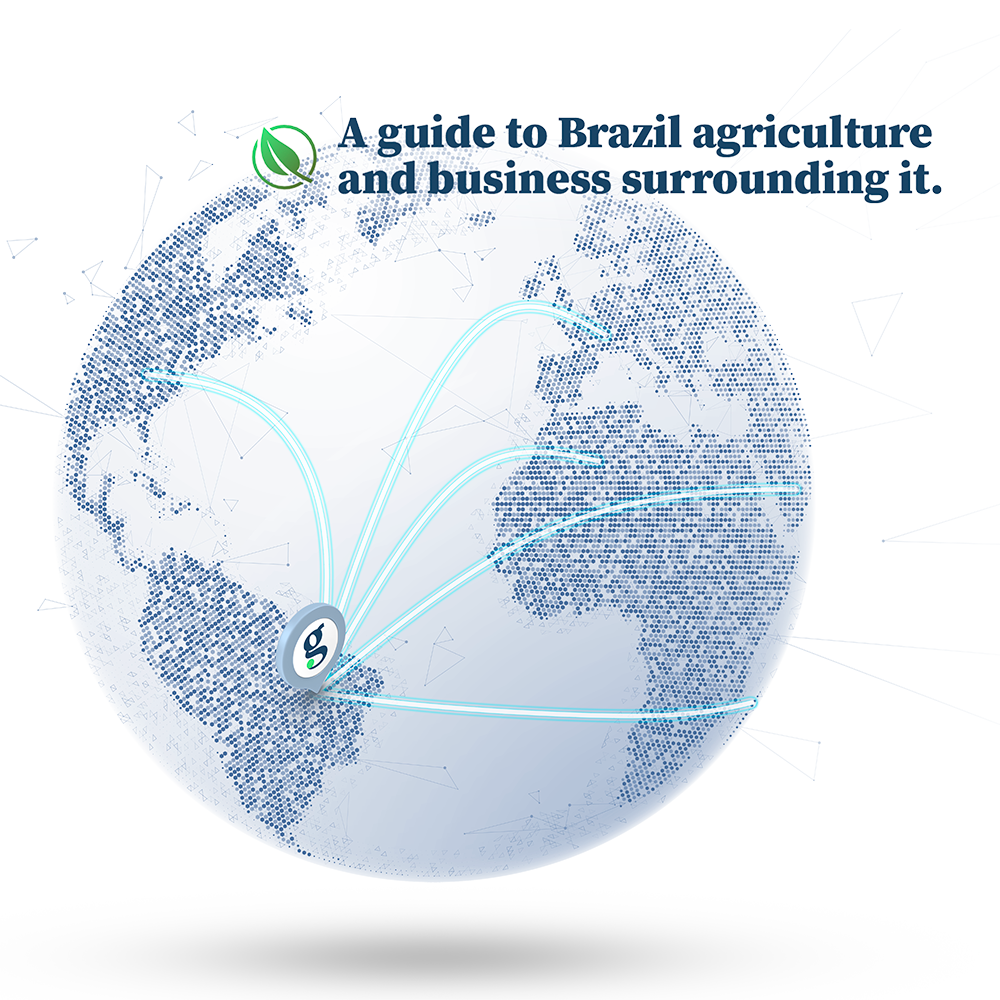
COP30 wrapped up last Sunday in Belém, on the edge of the Brazilian Amazon, leaving both a legacy and a homework assignment for agribusiness. The legacy is that tropical agriculture is now firmly on the climate agenda. The task ahead is to face global scrutiny with hard data and to design projects capable of attracting investment in low-carbon farming.
Through Agrizone — a showcase of technologies developed for tropical agriculture and presented by Embrapa, the state-owned agricultural research agency — Brazil highlighted what it has been doing to mitigate climate change and curb the sector’s greenhouse-gas footprint. The challenge now is keeping tropical agriculture on the agenda as part of the climate solution.
“We need to show data, science, execution. That’s the fight we need to take on. Yes, we recognize the problems we have, but we’re also showing how we’re overcoming them,” said Marcelo Morandi, Embrapa’s international relations adviser.
Ana Carolina Zimmermann, a farmer who grows grains and raises cattle in Goiás state, celebrated the space agriculture carved out at COP30. “If you’re not at the table, you’re on the menu. So we’d better make sure we’re at the right tables, helping choose the decisions we want,” said Zimmermann, who attended the summit.

Eduardo Bastos, CEO of Instituto Equilíbrio, an independent agribusiness-focused think tank, also praised the visibility Brazilian agriculture gained at the conference while underscoring the next hurdles in securing funding for low-carbon projects.
“The forest-protection and restoration sector organized better for COP30, told a stronger story, and occupied more influential spaces. They secured the TFFF — the new fund for conserving tropical forests — which is great and hugely important. We created something similar, an initiative called RAIZ, and launching it was a major win. But the financial response was not the same,” he said.
RAIZ, unveiled during the summit, seeks to raise private capital to restore degraded agricultural land. Modeled on Brazilian programs that mobilized nearly $6 billion to restore up to 3 million hectares, RAIZ will help countries identify priority landscapes and design blended-finance solutions to scale up restoration and protect forests.
Ten countries announced support for RAIZ, but no funding pledges were made — unlike the TFFF, which raised $6.7 billion in its first phase.
“Does that mean agriculture is more or less important? No. It means we weren’t able to tell a story as powerful as the forest sector’s,” Bastos said. “We now have a huge opportunity to build that narrative ahead of the next COP and raise similarly large sums next year.”
To attract investors — who in the sustainability space typically write checks of more than $500 million — the sector will need to organize and develop more ambitious projects while still addressing basic issues such as land regularization. Advancing the implementation of the Rural Environmental Registry, or CAR, is one such step, noted Guilherme Bastos, coordinator at FGV Agro.
He also stressed the need for more official data on sustainable practices adopted in Brazil in recent years, which would give investors greater confidence.
“We need to use this spotlight — and Brazil’s extended presidency of the COP through November next year — to unlock at least part of this capital and direct it to agriculture-driven climate solutions,” Morandi said.








